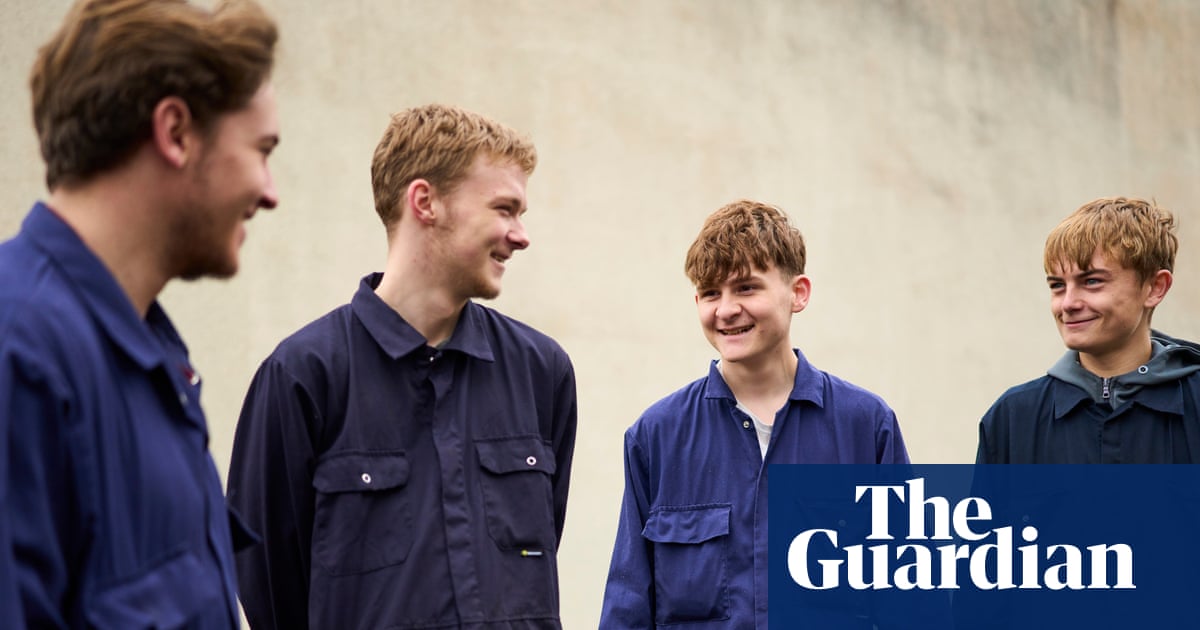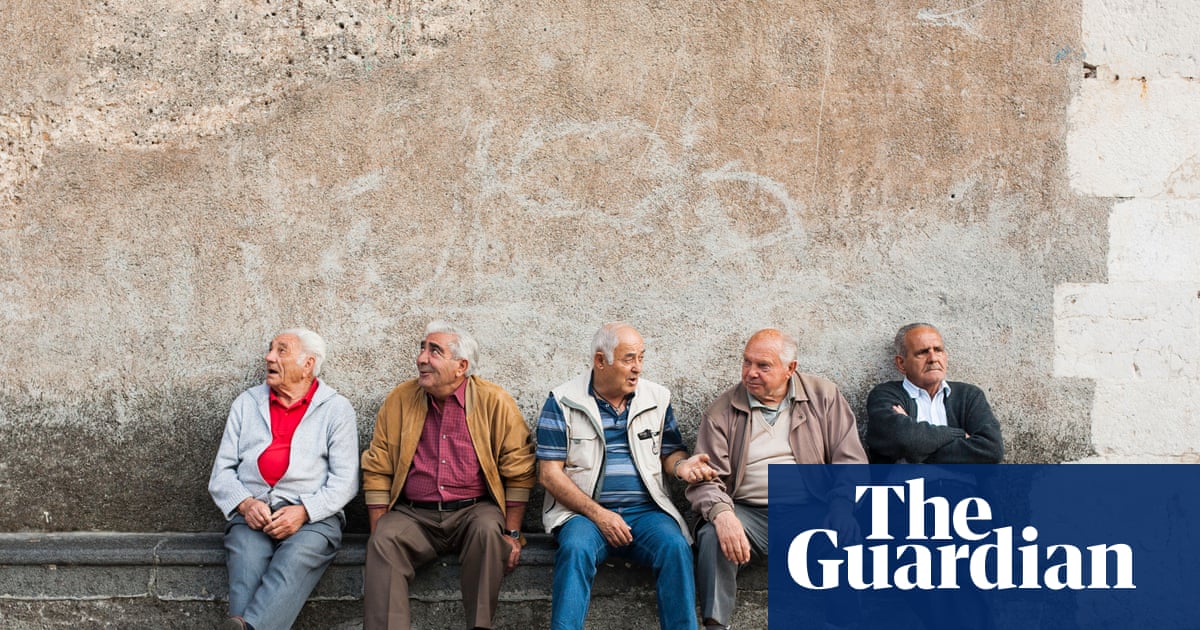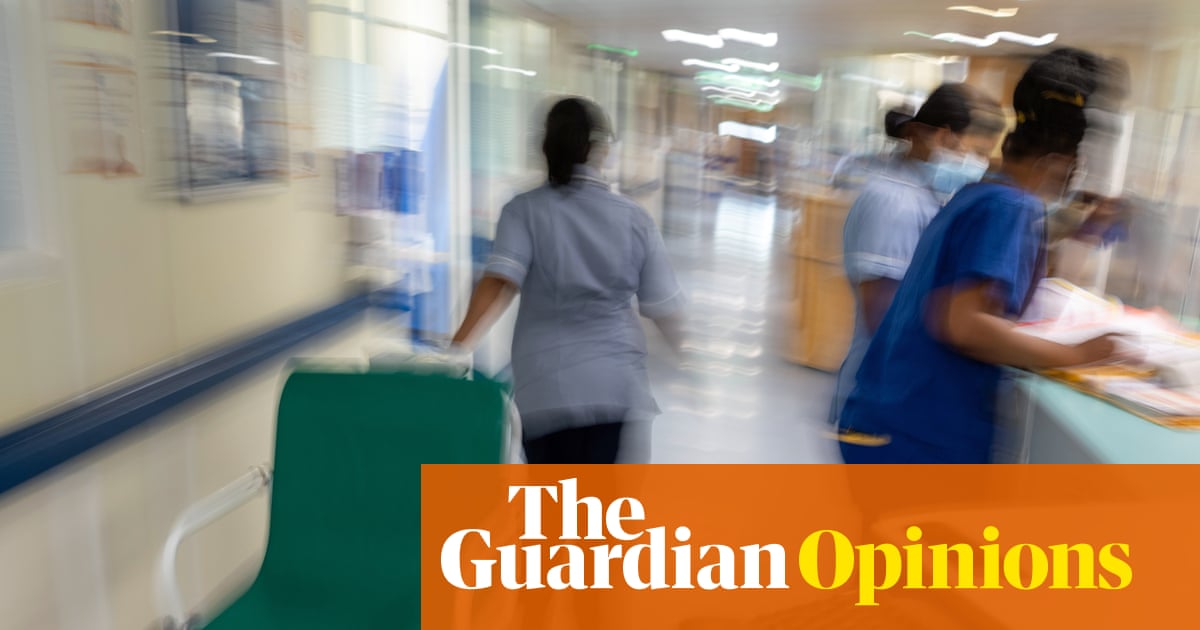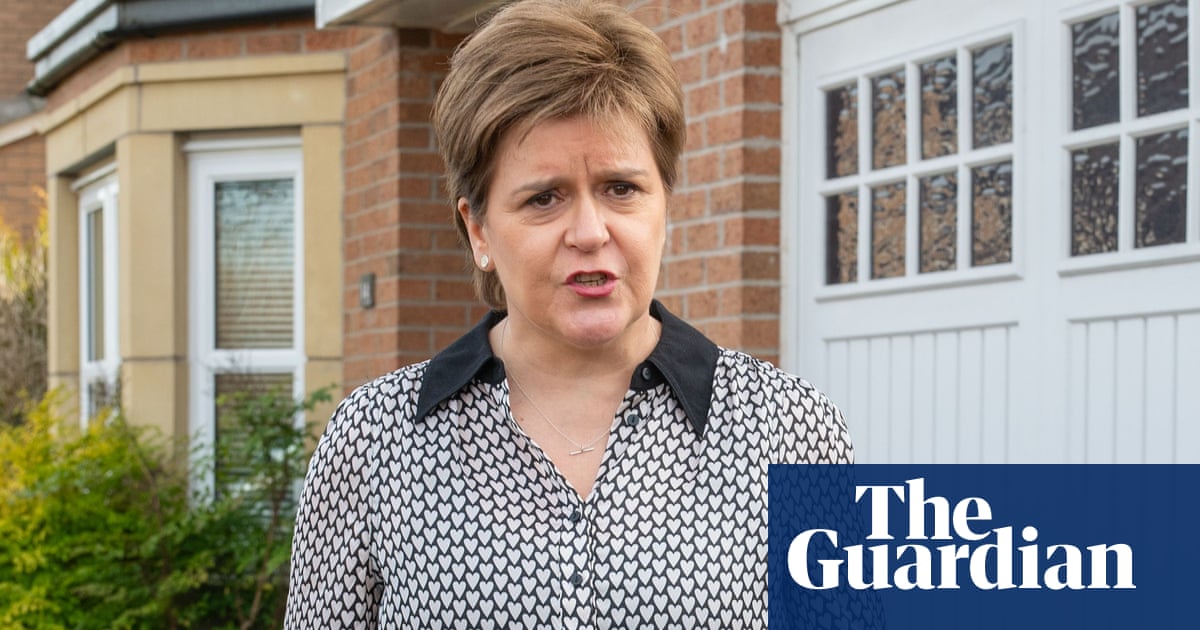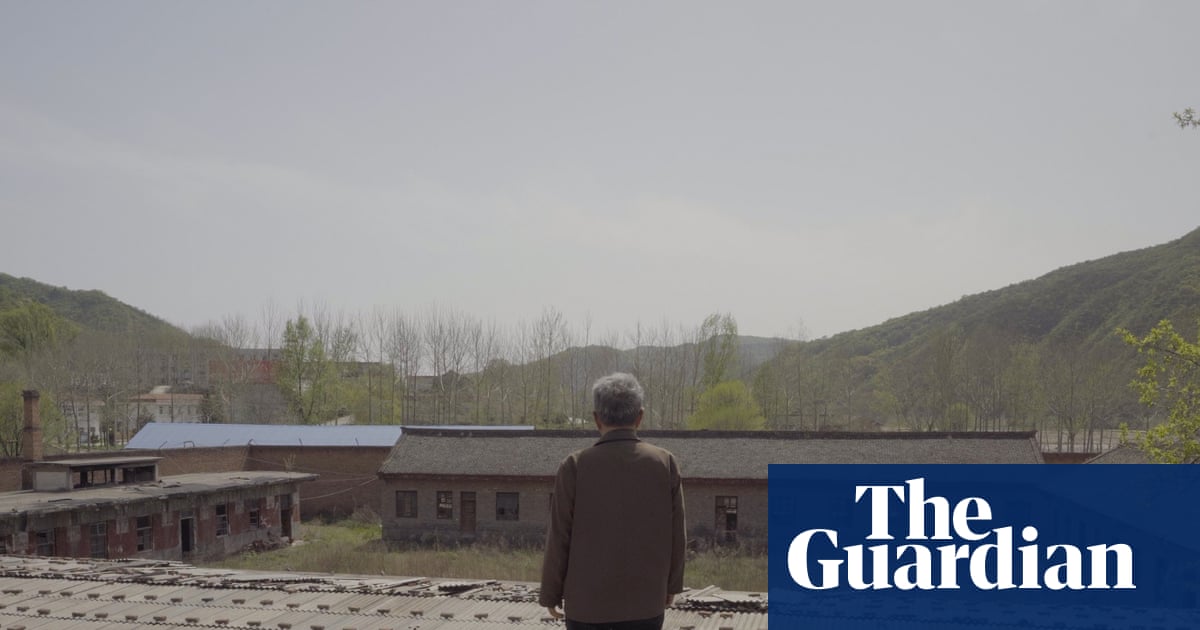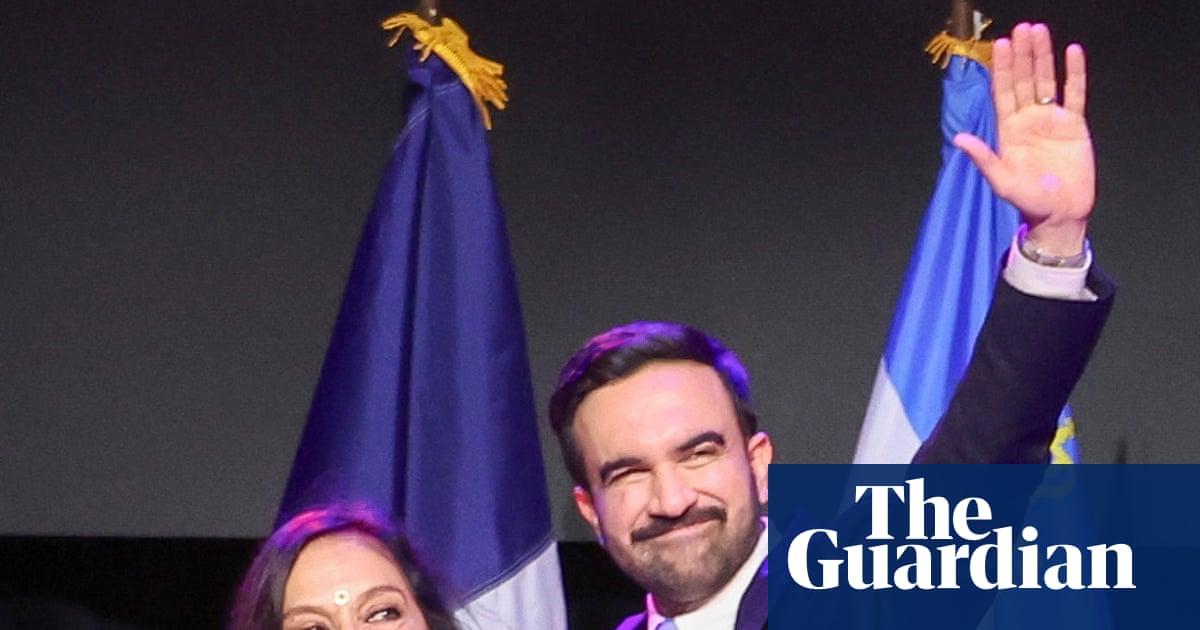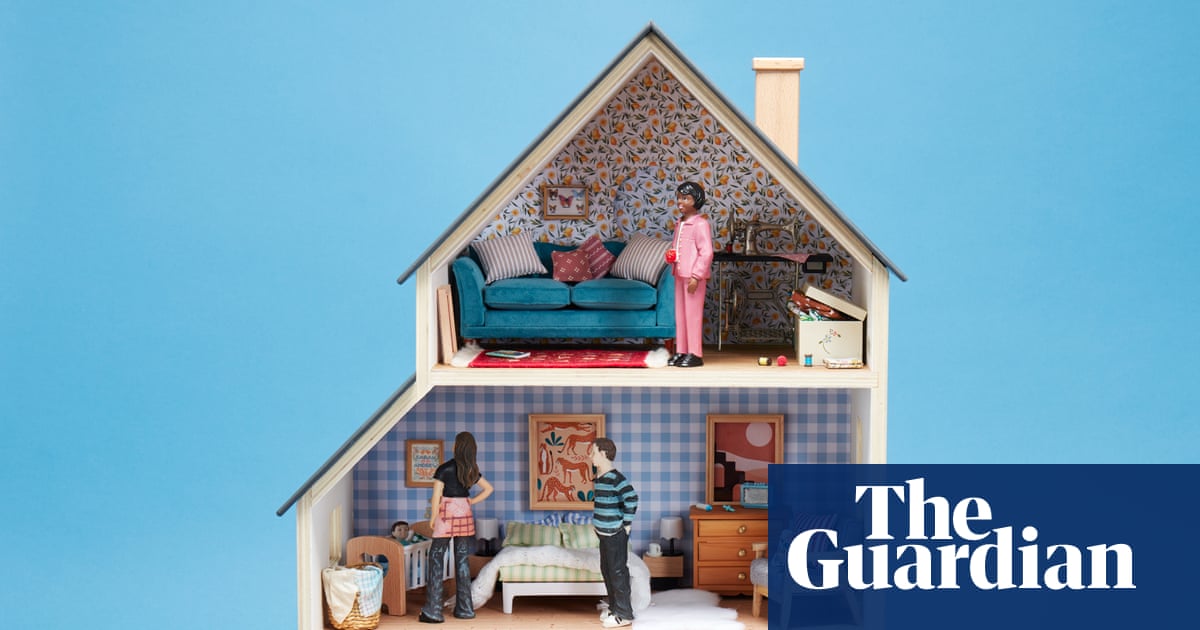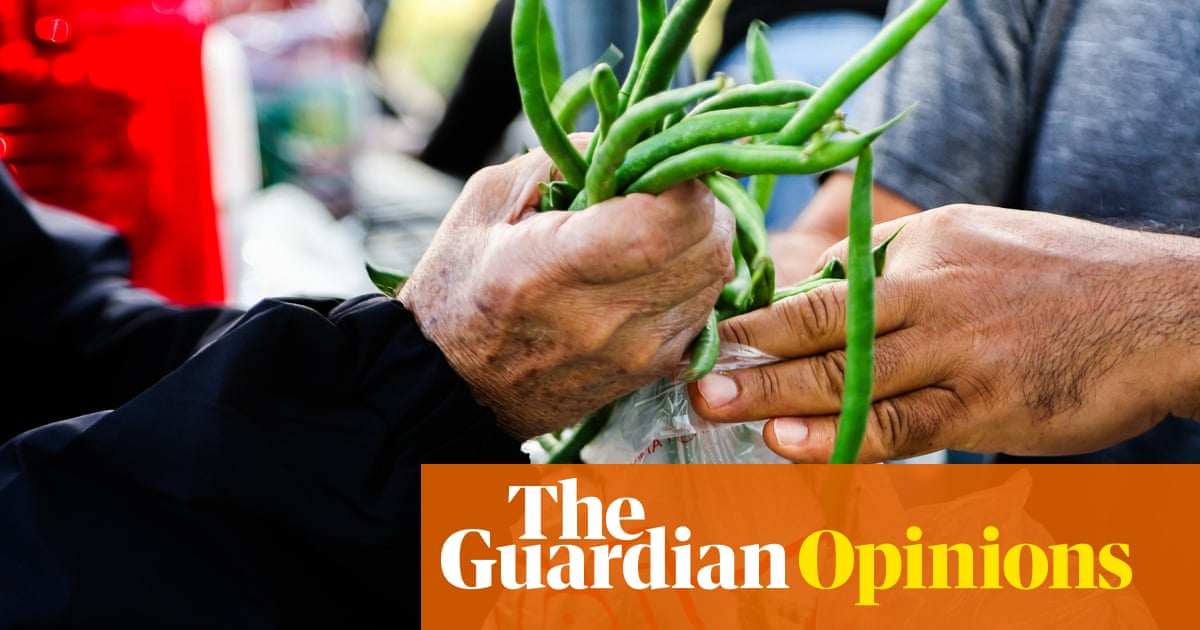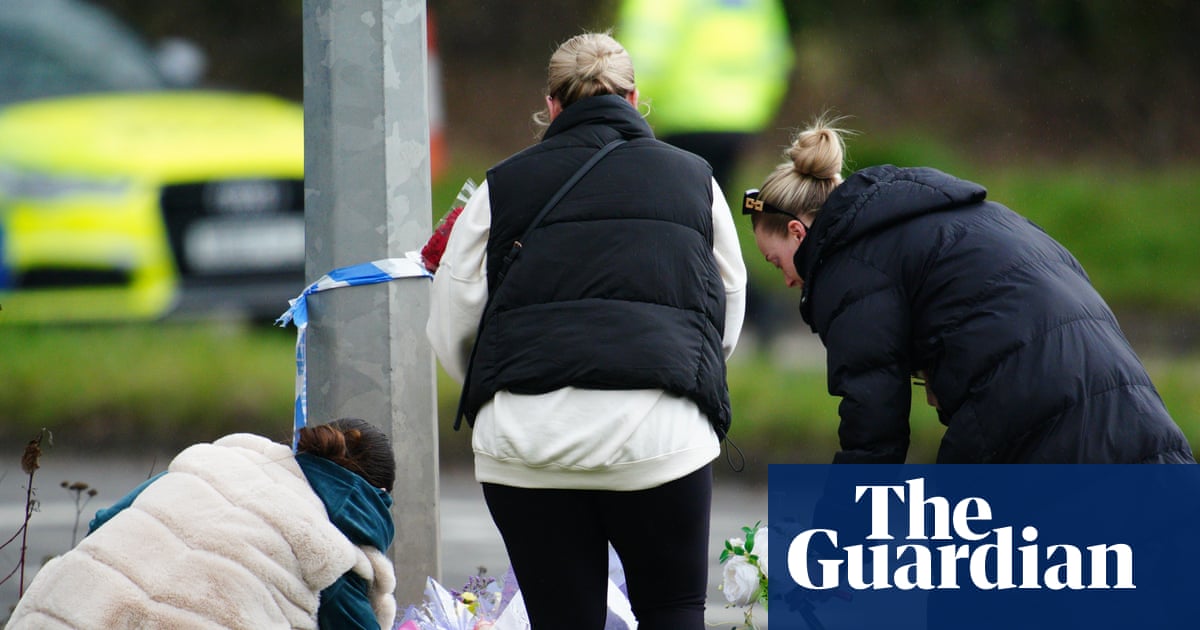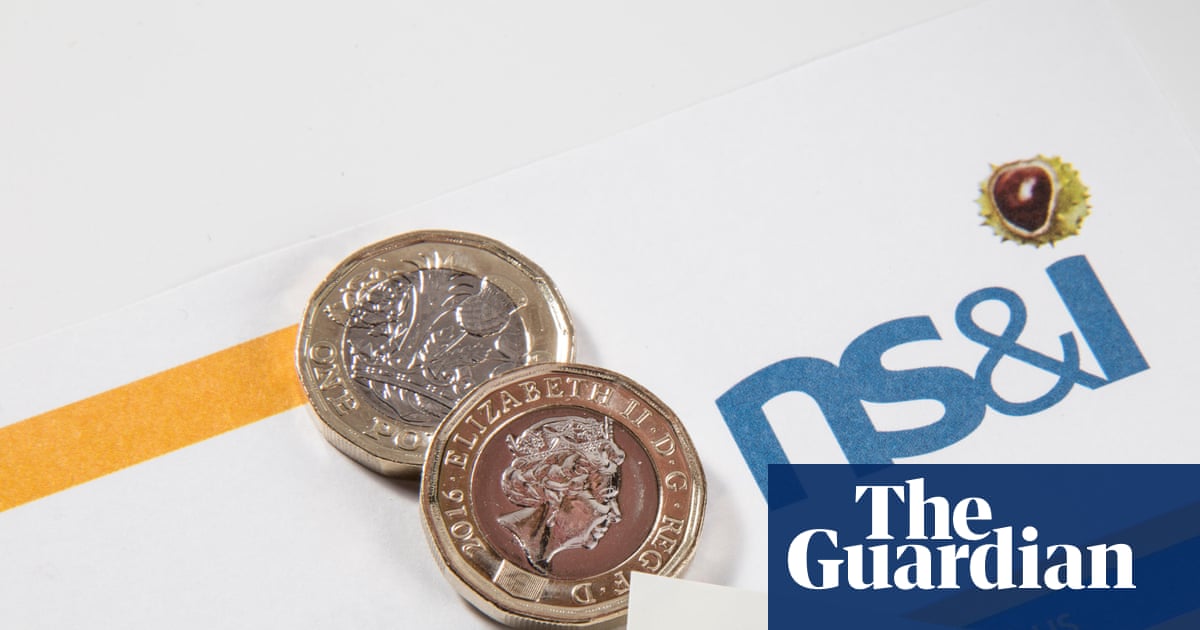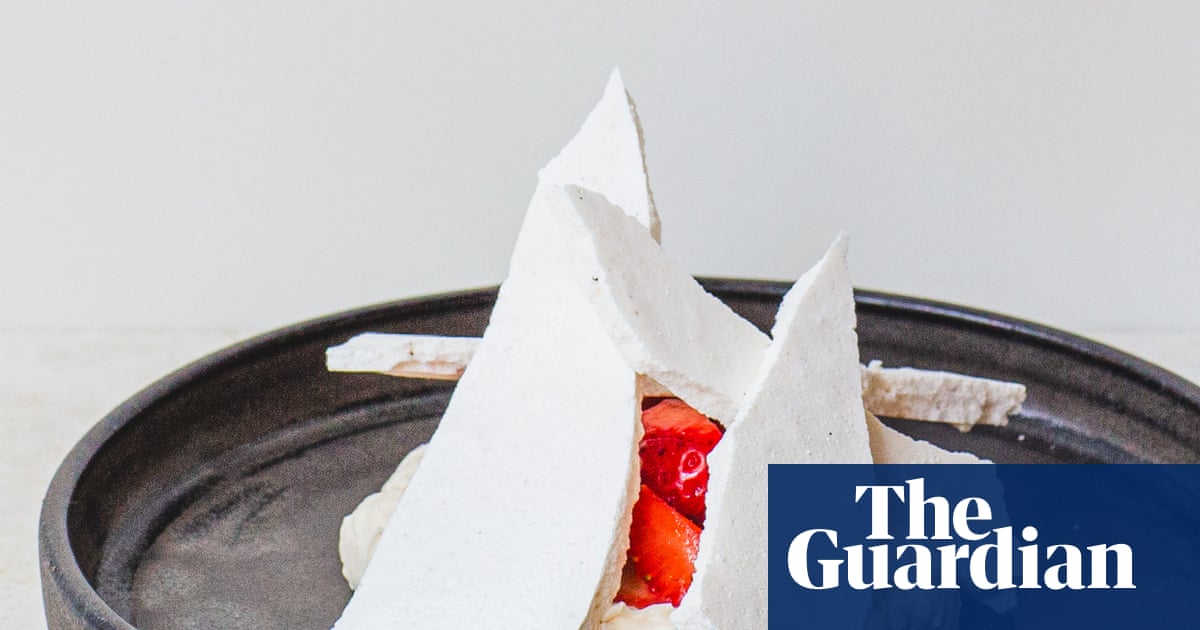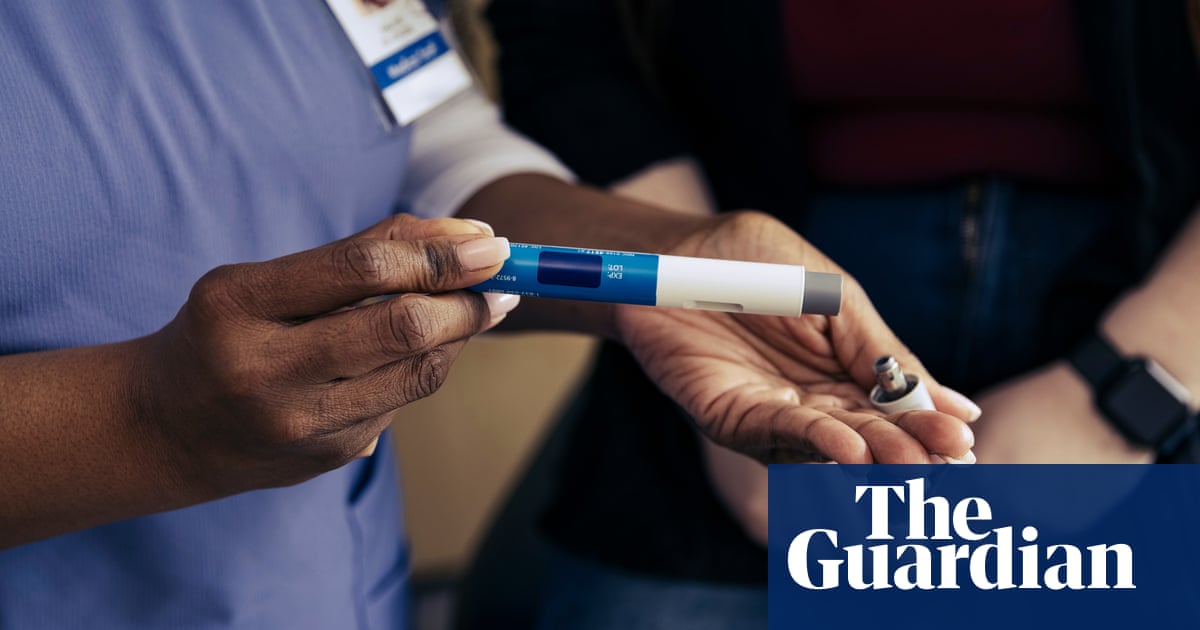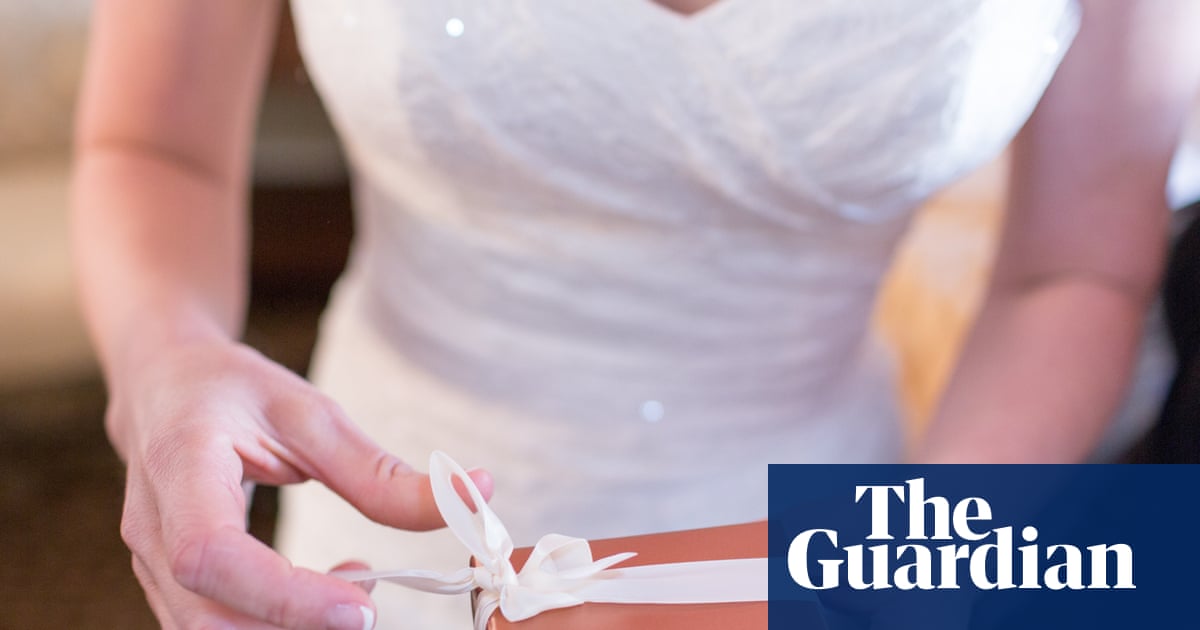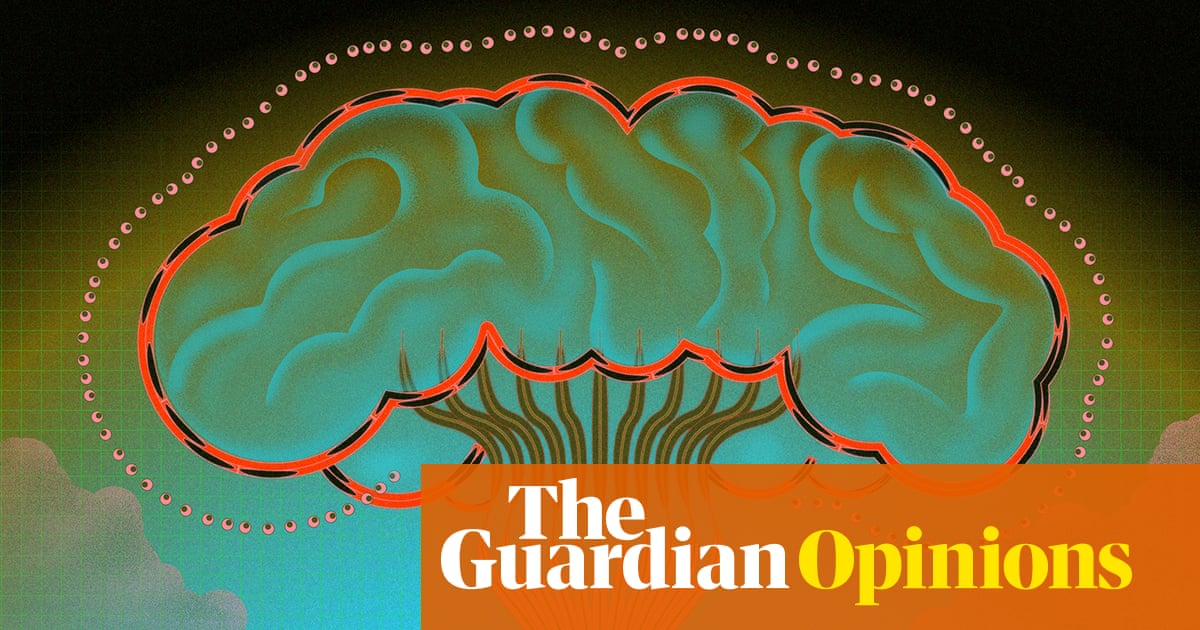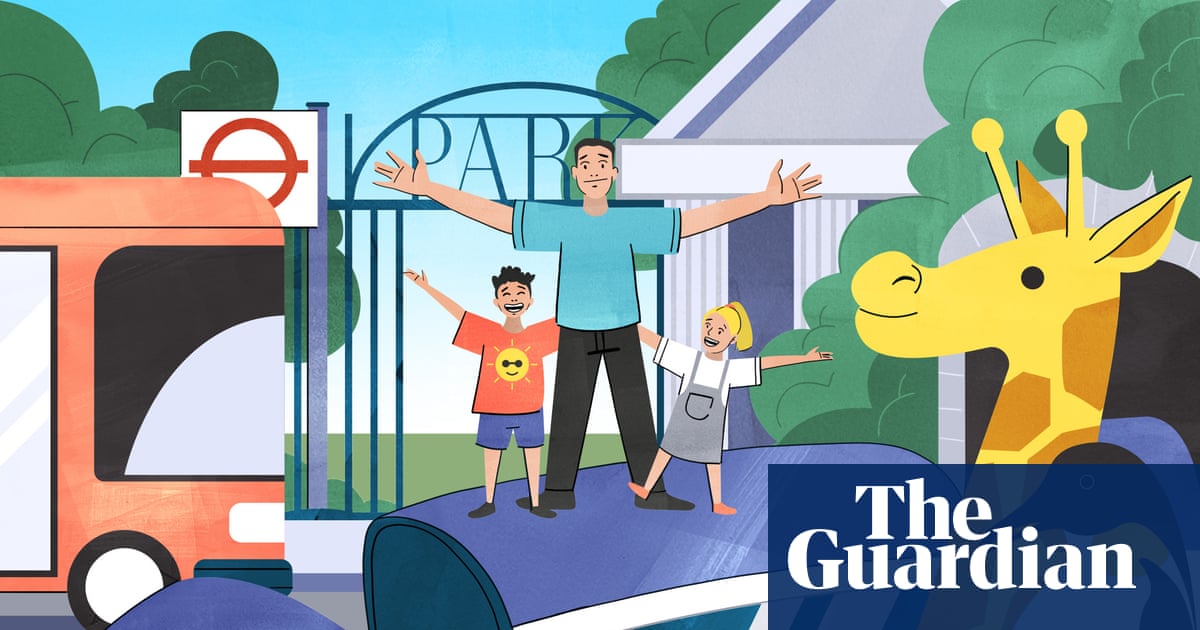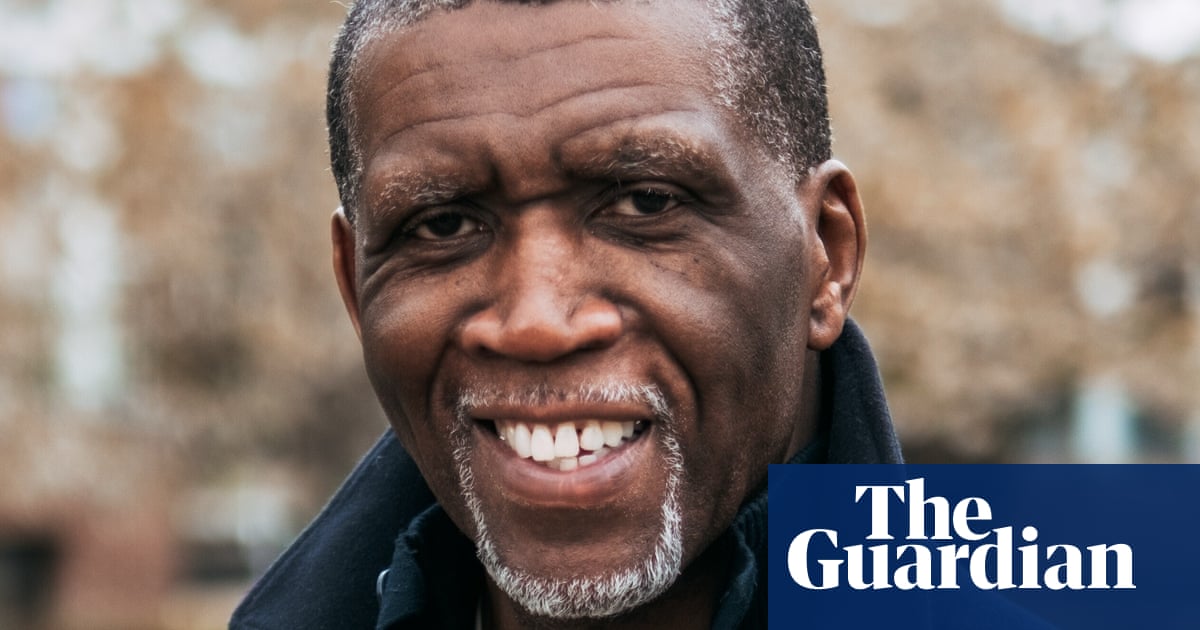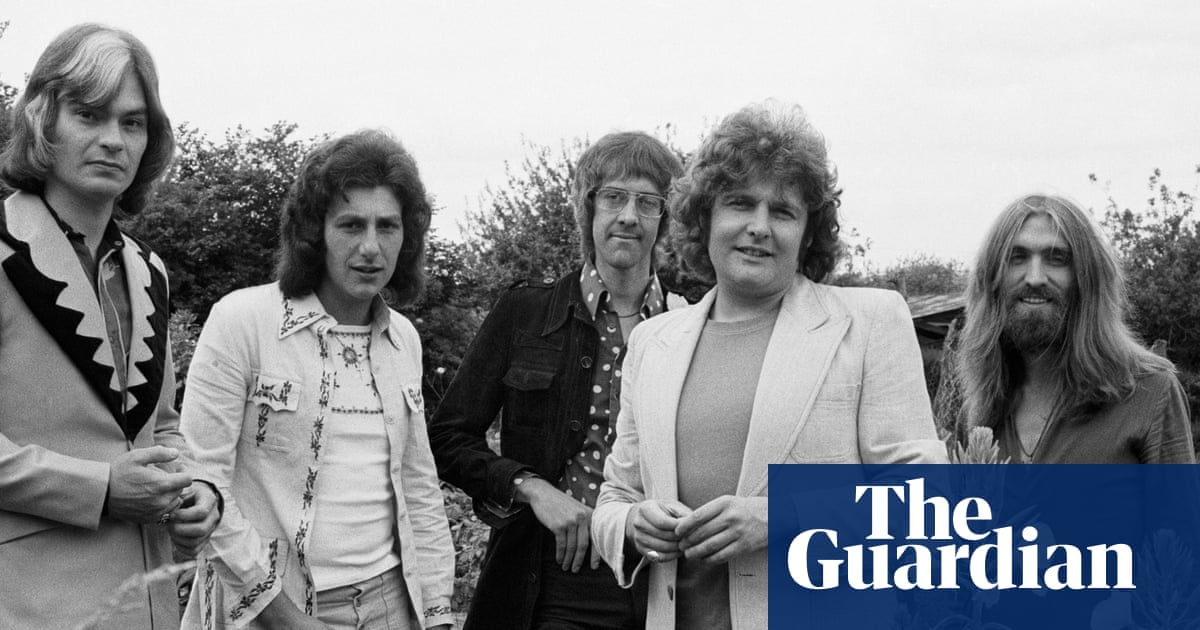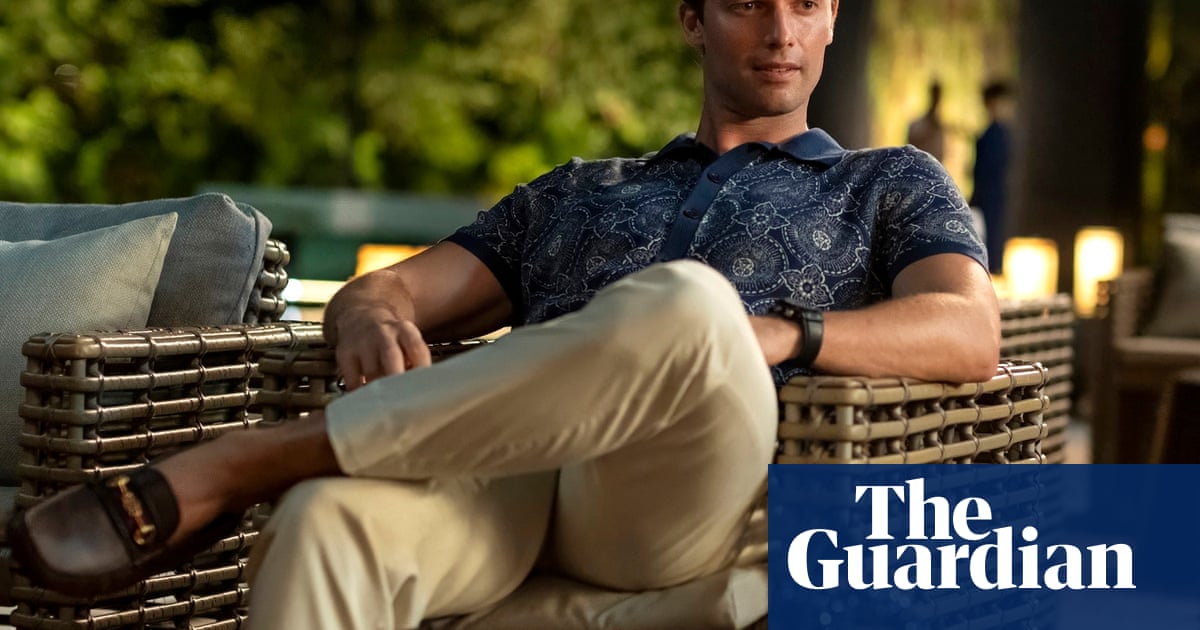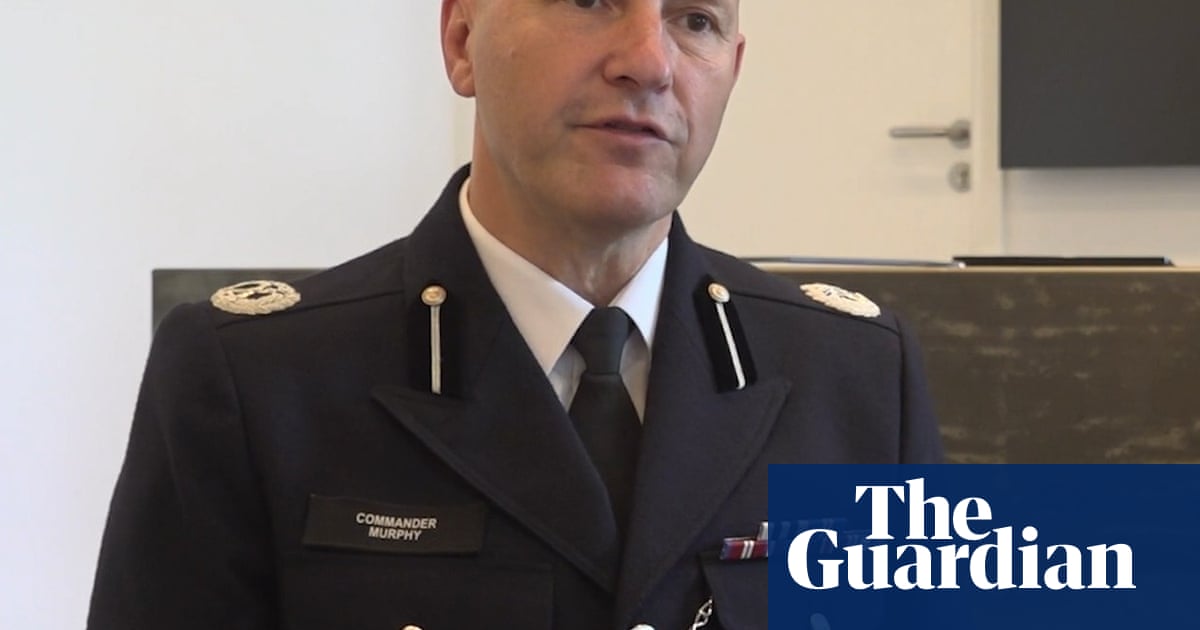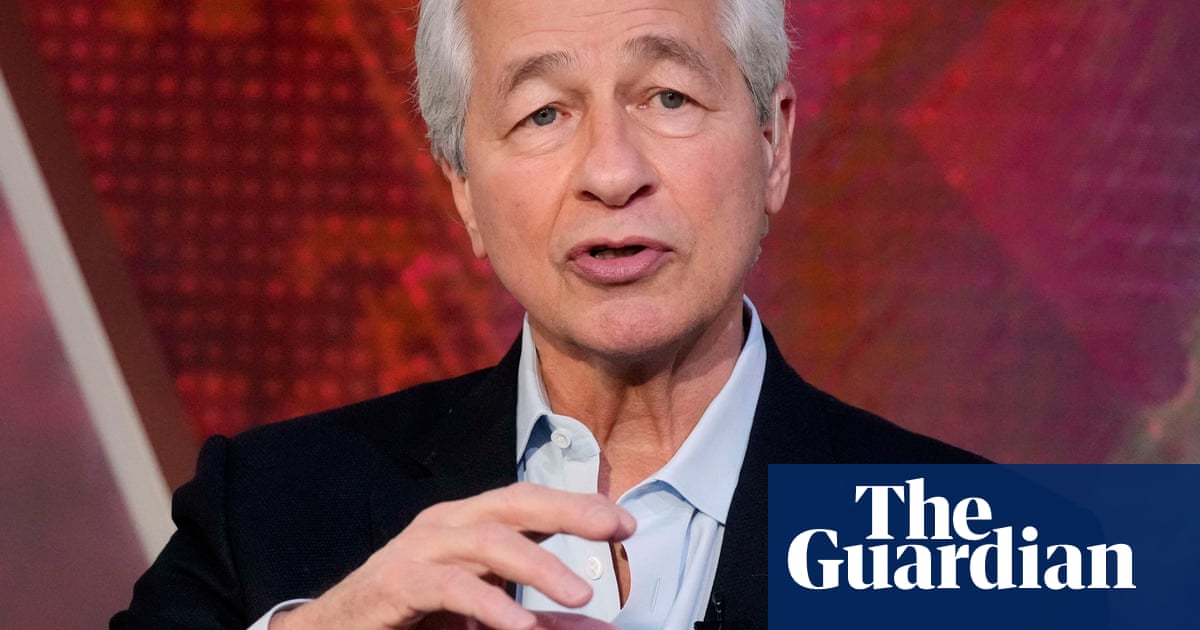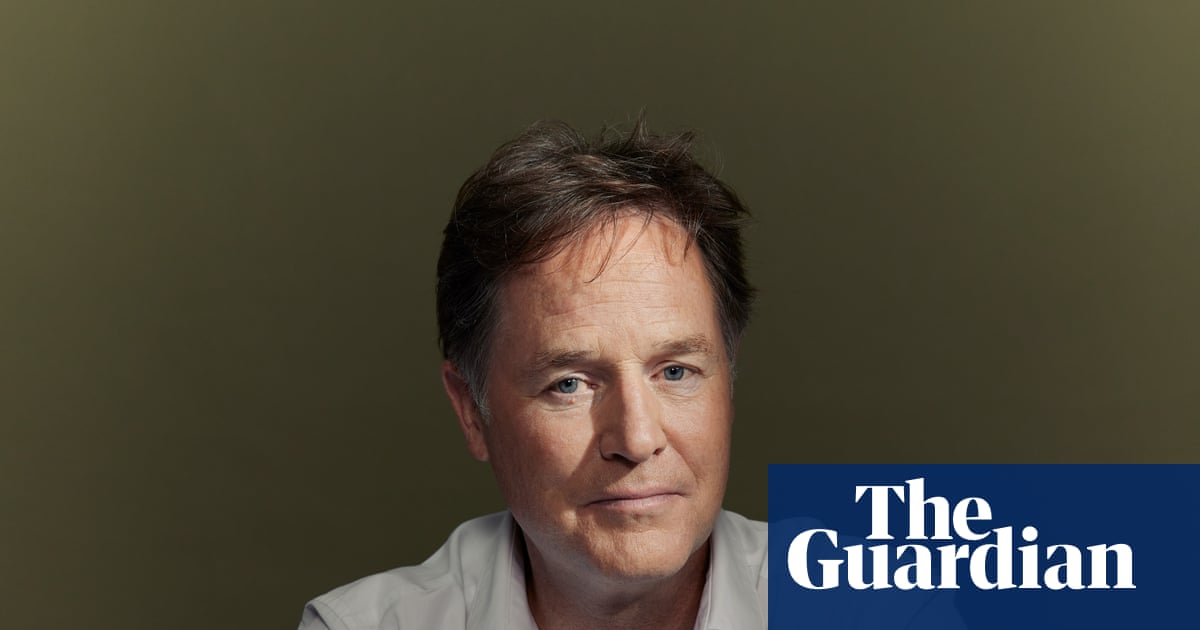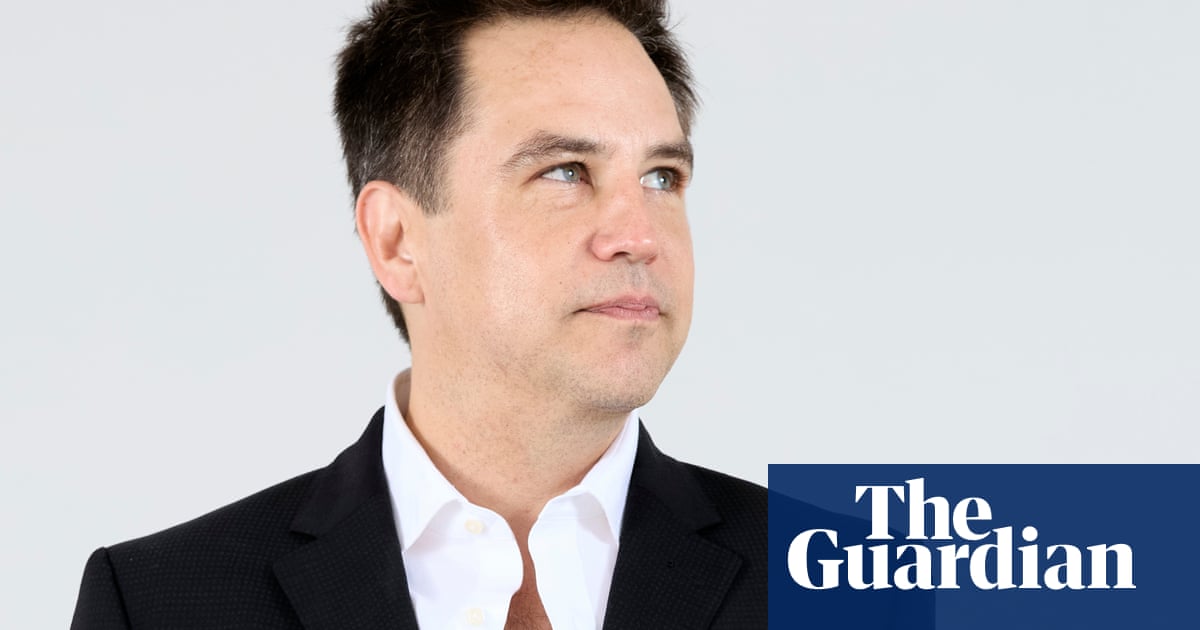As I walk out of Hobart airport’s small arrivals hall, I immediately spot the person I’m looking for. My contact, Mollie D’Arcy, is standing at the exit, heavily pregnant. Her baby bump isn’t the only giveaway – she’s holding up a laminated sign in hot pink writing, sticky taped to a retractable light sabre toy. It reads, “Surrogates on Tour.”
It’s mid-September 2024 and D’Arcy is this year’s Surrogacy Sisterhood Retreat organiser and captain. Since its inception in 2018, it’s the first time this event, a roving annual weekend away for surrogates past and present, has made it to Tasmania.
“I’m pretty happy to shout loud and proud that I’m a surrogate,” D’Arcy says.
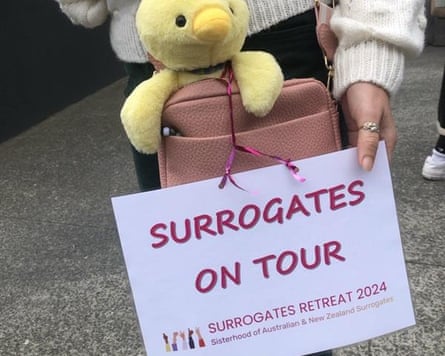
I’ve been liaising with D’Arcy for weeks. She has helped me gain the other surrogates’ consent for me to be the first journalist allowed access to the retreat for a podcast series, Secrets We Keep, on the fertility industry.
As we make our way to the luggage collection area, about a dozen excited surrogates begin to trickle in. Most have taken early flights from Queensland and Victoria and two have made it all the way from Western Australia and New Zealand.
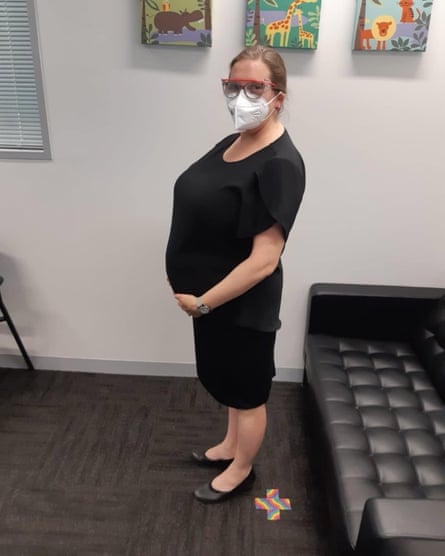
In no time, the carousel area is gushing with surrogates from all walks of life, ranging from their early 30 to late 40s – admin officers, educators, PR specialists, entrepreneurs and lawyers. Most already know each other, having met at previous retreats or online. All tick the one entry criterion for being here: they’ve carried a baby for someone else.
“I don’t think there’s another word that could describe it better than sisterhood,” says family creation lawyer, former surrogate and egg donor, Sarah Jefford.
Jefford is one of the Surrogacy Sisterhood Retreat’s founders, inspired by a retreat for Canadian surrogates.
“We’ll have some surrogates who are pregnant, some that have just birthed, some that haven’t even gone through the process yet, and we share all the different aspects of good, positive journeys or challenging or negative journeys,” she says. “It’s all welcome.”
Altruistic surrogacy is the only legal option for surrogacy in Australia; it’s rare and heavily regulated. Jefford estimates there are between 130 and 150 altruistic surrogacy births in Australia each year and roughly 80% of these arrangements are between family members and friends, while 20% occur among strangers.
Laws differ between states, but hopeful parents in Australia cannot pay a surrogate for carrying, or advertise they need a one to create a family. Women who wish to become surrogates must offer voluntarily.
The regulatory environment has meant those seeking a surrogate, and those keen to be one, must turn to informal structures to find each other – the most significant one being a closed Facebook group where intended parents and surrogate candidates post their photos, introductions and bona fides as potential parents or surrogates. Then, interested parties slide into each other’s DMs, hoping to match with each other.
I was curious to learn more about the women who lend their wombs to carry a baby for strangers they’d met online.
As we climb into a convoy of cars to head to the farm in Bothwell, an hour’s drive from Hobart, where the retreat is being held, D’Arcy is busily pasting up “Surrogacy Express” signs on each vehicle – also in hot pink writing.
D’Arcy was exposed to surrogacy through working at an IVF clinic. She became fascinated by the concept after witnessing some of the first Tasmanian surrogacy arrangements come through the clinic, shortly after it became legal in 2012.
“I felt so deeply for these people who couldn’t have a baby, knowing that I have always wanted a family. I really thought maybe I could be a surrogate. It felt like something I was capable of.”
At the time, she had not yet had her own two children.
“Then, when I fell pregnant [with my first child] so easily, I thought, ‘Wow, I could really help someone else do this’,” she says. “And then, when I was pregnant with my second child, I started researching how to become a surrogate.”
D’Arcy stumbled across the Australian Surrogacy Community group on Facebook. She met some couples, but they didn’t hit it off. Then she connected with a same-sex couple.
“I just really liked them. And after conversations via social media, when I met them in person, I just clicked with them really, really well.”
When I met D’Arcy at the retreat, she was almost seven months into her second surrogacy pregnancy for the same couple.
Why go through all that for someone else?
Over the weekend, the activities include chats around the fireplace, communal meals, nature walks, yoga and crafts. Every activity is optional, and some take place simultaneously. While the bulk of the Queensland contingent decides to drive out to see the snow, the Victorian and Tasmanian surrogates opt for a yoga class. Apart from mealtimes, no schedule is set.
Through it all, there are deep and candid conversations about womanhood and motherhood. From the mundane logistics of parenting to surrogate heart-to-hearts: the venting of niggles or annoyances of their relationships (with their partners and with the intended parents they carried for) to detailed and graphic descriptions of intimate medical procedures.
The mood is one of total release. But the one topic that dominates every conversation is pregnancy, and how pregnancy affected each of these surrogates.
Even under the best, low-risk circumstances, pregnancy takes its toll on mind and body, so I ask, “Why go through all that for someone else?”
Time and time again, the women report that they want to help someone else create a family. But that isn’t the only reason – another powerful driver many raise is the need to satiate a deep, personal feeling of “not being done”.
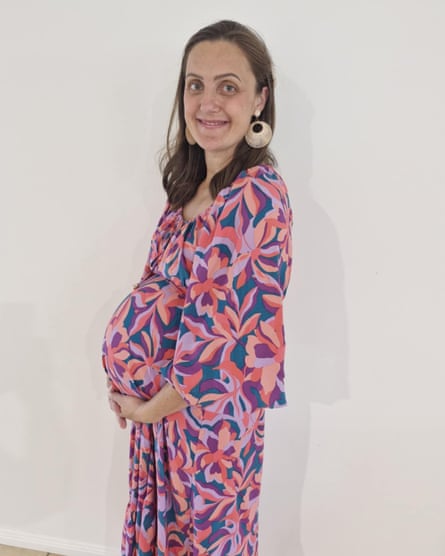
Sarah Jefford became a surrogate and an egg donor after an excruciating IVF experience. Once she finally became a mother of two, she felt she wanted “to have another pregnancy and birth and not raise the baby”.
“If you’re wanting to be pregnant and then you find out you’re pregnant, it’s just the best,” Jefford adds. She describes this feeling as “baby lust”.
Some surrogates, such as Queensland educator SJ, who did not want to use her real name, told me that upon birthing her two children, she experienced a persistent feeling of “being unfinished”. Although she felt her own family was complete, she couldn’t shake a yearning to experience pregnancy and childbirth again. She would wake in the middle of the night to research how to become a surrogate.
Tasmanian trail runner Chelsea had a daughter and didn’t want any more children of her own, but also wanted to experience birthing again, while helping someone else experience parenthood.
“Now that I knew the course of the race, I thought I could try and do it and be a bit more present within my body and run a better race, so to speak.”
after newsletter promotion
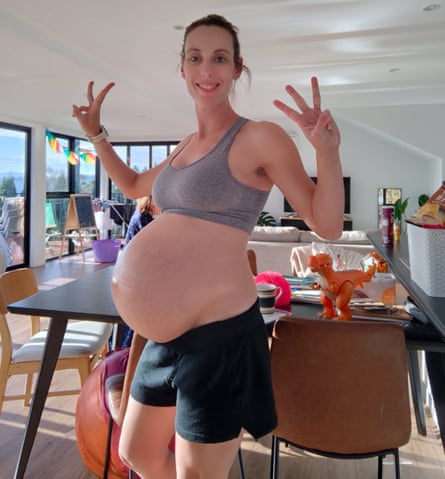
Chelsea offered to carry for a same-sex couple she knew. They used an egg donor (also a friend) and the sperm of one parent. She found out she was carrying twins during a check-up, where the dads and egg donor were also present.
“The reaction from everyone was slightly different. They had tears of joy. I had tears of joy, but a little bit of fear of the unknown, because [twins weren’t] something we had talked about beforehand as a possibility.”
The babies were monochorionic diamniotic (MCDA) twins; they shared one placenta. That meant Chealsea required significantly more medical monitoring.
She gave birth to healthy identical twin girls three months before the retreat.
“The number one question that I get about being a surrogate is how did you feel about giving the baby away? Or in this case, babies. And I never, ever thought of it that way. I always thought of it that I was growing their babies, not that I was giving anything away.
“And once the girls were here it was just amazing to see them [the parents] within the space of a day, just become the amazing dads that I knew that they would be.”
Chelsea refers to the four people – the two dads, the egg donor and herself – who created the twins as a “team”. They experienced the whole process together: from the embryo transfer to monitoring appointments, and they continue to spend time with each other.
But as I sat around the fireplace and shared meals with these women at various stages of pregnancy and postpartum, I couldn’t help but think they’d giving up a lot to carry for free.
The costs of altruism
Pregnancy and childbirth are not free. In Australia, while payment for surrogates is illegal, intended parents must pay for all their surrogate’s “reasonable expenses”, including medical expenses, maternity clothes and lost wages.
“But then there’s a question mark because the legislation says it must be reasonable. What’s reasonable? Reasonable for you might be different to reasonable for somebody else,” Jefford explains.
“Most surrogates will use their own money to pay for things, not because the intended parents are stingy, but because we are the sort of people that will just be like, ‘I’ll just pay for hospital parking myself, or I’ll pay for the maternity pads.’”
In December last year, the federal government announced a review of Australia’s surrogacy laws. The review aims to identify reforms and propose harmonised laws across the country. A response to the review is due by the end of July.
When Australia’s surrogacy laws were drafted, legislators opted for the altruistic surrogacy model as it’s often deemed ethically superior to commercial surrogacy, which is susceptible to human trafficking and the exploitation of vulnerable women.
Jefford has long been opposed to paid surrogacy but recently has come to favour a compensated model of surrogacy in which surrogates are perhaps paid some amount of money, “as if it’s a job”.
“I used to say, when we introduce money into surrogacy, we commodify women and children. What I say now is it’s much more nuanced than that,” she says.
Jefford explains the idea of compensated surrogacy is different from paying a fee in exchange for a baby. “That is human trafficking and it’s illegal.
“Pregnancy is hard work and risky,” she says.
“This woman comes along and says, ‘I’ll do this for free’. And I think, ‘Well, I’m not giving legal advice for free, and the IVF clinic is not giving free IVF treatment. Why is it that we think that she should be unpaid for what she’s doing?’”
Despite guardrails, things can go sour
In Australia, before intended parents and surrogates are legally allowed to undergo surrogacy, they must attend various counselling sessions to ensure they are emotionally equipped to go through the process, that it is consensual and there is no exploitation.
During these sessions, intended parents and surrogates discuss thorny issues such as body autonomy, what happens if anything goes wrong with the pregnancy, what happens if there are signs of genetic abnormalities in the embryo, or any complications that could endanger the life of the surrogate. The aim is to set expectations beforehand, to avoid issues once the baby is born.
Despite all the guardrails, things can go sour. At the retreat, surrogates share horror stories about some relationship breakdowns.
There was one case in which the surrogate and intended parents had fallen out and were not on speaking terms until shortly before the birth. Another in which the intended parents failed to show up on the day of the birth, leaving the surrogate and her family to care for the baby for a few days, which was distressing.
There have been more serious incidents that have ended up in court, one in which a surrogate absconded with the baby, another where a surrogate refused to relinquish the child and consent to a parentage order, the legal document that transfers parentage from the birth parents (usually the surrogate and her partner) to the intended parents. In both cases, the courts ruled in favour of the intended parents, after establishing it had been a surrogacy arrangement.
The majority of surrogacy arrangements are successful, however. Surrogates at the retreat, such as D’Arcy, say their lives have been enriched by the experience.
“It’s been beautiful to watch this modern family created and seeing all the love that’s involved,” she says.

.png) 3 months ago
53
3 months ago
53





